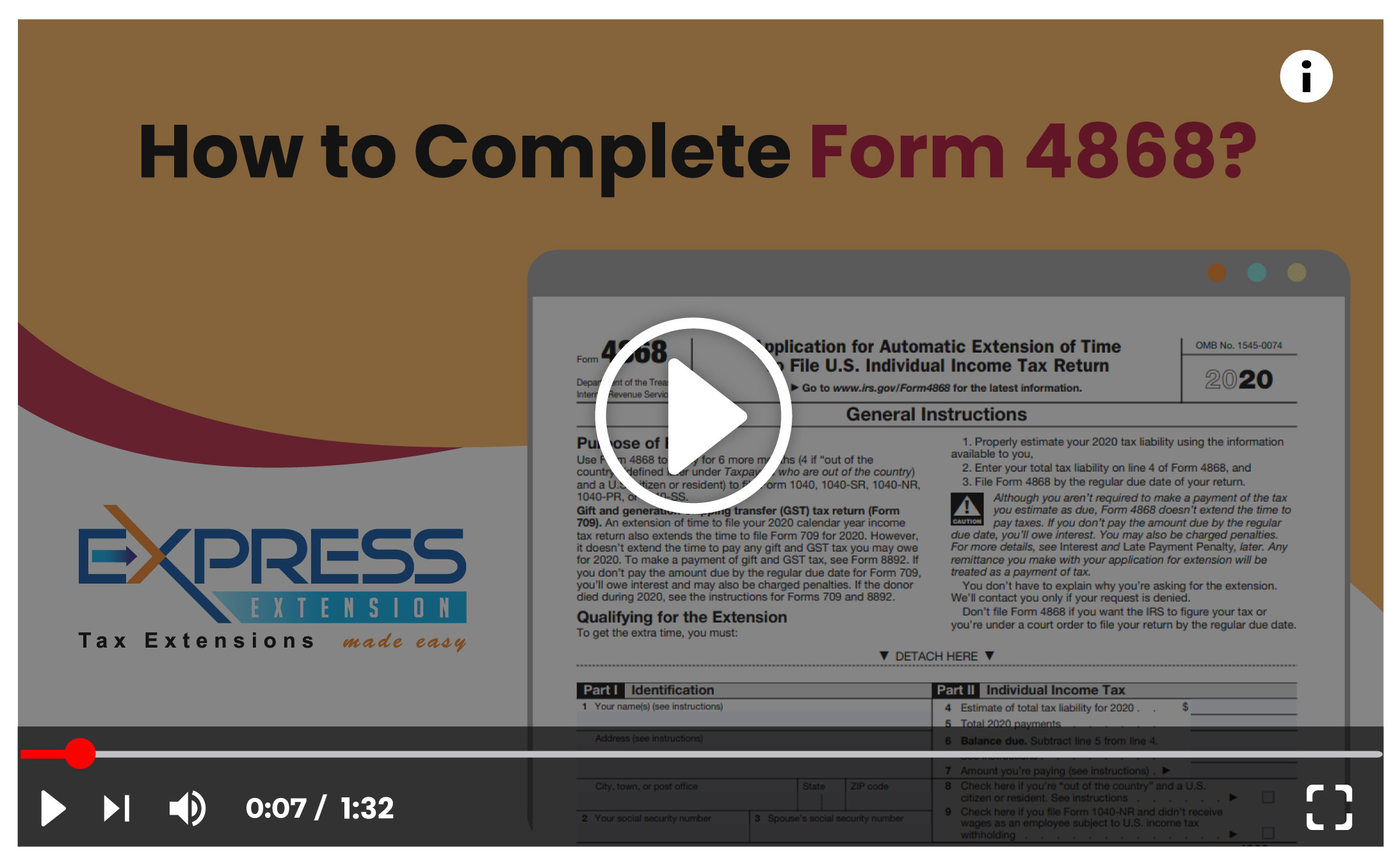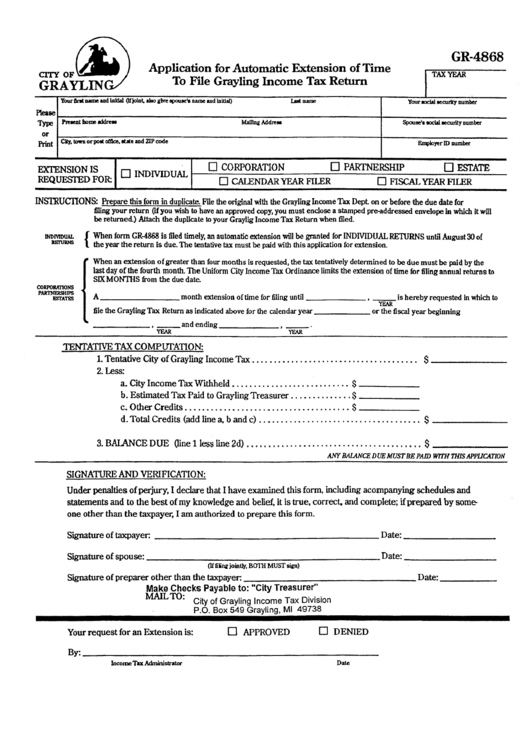

The IRS shows a little mercy, though: You’re usually off the hook for this one if you’ve paid at least 90% of your actual tax liability by the April deadline, Dauber says. The max penalty is 25%, according to the IRS.

This penalty normally is 0.5% per month of the outstanding tax not paid by April 18, 2016. You might also get hit with a late-payment penalty. Even if you had a good reason for not paying on time, you will still owe interest,” the IRS cautions.Īs of the first quarter of 2016, the interest rate is 3%, compounded daily, meaning a $1,000 underpayment in April could cost you another $15 or so by October.Ĥ. “The interest runs until you pay the tax. If the estimated payment you send in April ends up being less than what you actually owe, you’ll pay interest on the difference. “The IRS is pretty patient about getting a return, but they’re not very patient about getting their money,” says Curt Sheldon, president of financial planning firm C.L. You’ll still need to have a good estimate of what you owe and send some or all of that amount to the IRS with your extension request. You may still have to write a check in April. 17, and you shouldn’t worry about being “rejected,” says Adam Dauber, who is senior tax manager at accounting and professional services firm CBIZ MHM in New York.Ģ. But you have to do it by April 18 this year (April 19 if you live in Maine or Massachusetts).Īn extension gets you an automatic six-month reprieve, until Oct. Persuading the IRS to give you more time is fairly easy - just file Form 4868.

You still have to file something in April. But an extension may not get you as much breathing room as you might like. As the tax clock counts down, people may hope to delay the inevitable by filing for an extension.


 0 kommentar(er)
0 kommentar(er)
